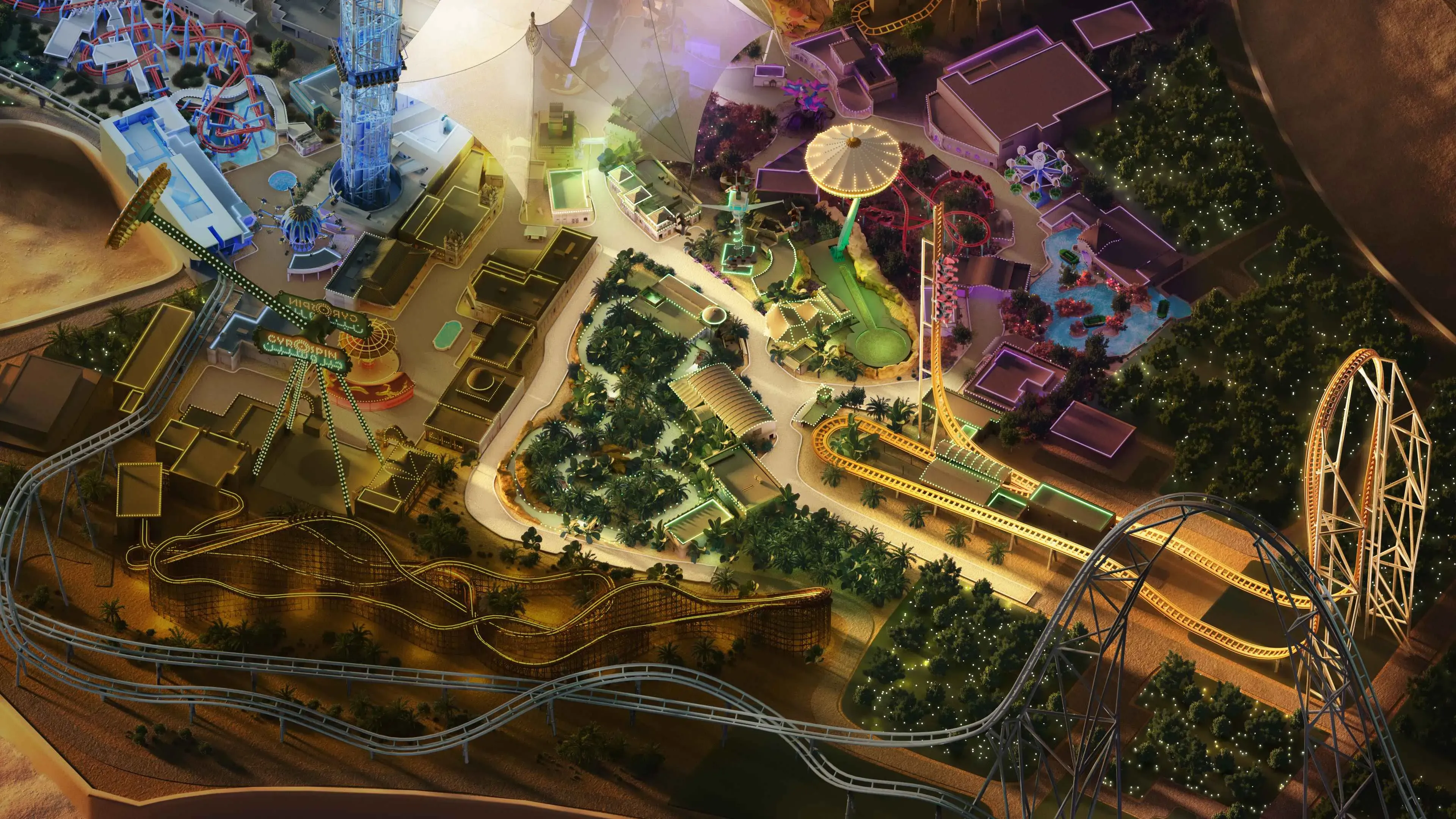- Modern workplaces seek more than open views. Clear glass feels cold at times. Textured and colored options add warmth. Each choice shapes space and mood. Design now values both function and feeling. Frosted and patterned styles create privacy. Natural light still flows through walls. People feel calm and focused inside. The right glass adds quiet balance. Every surface tells a visual story. Designers experiment with many finishes. Workspaces grow more creative each year. Glass is no longer just transparent. It becomes part of a brand style. This shift inspires a fresh design era.
- The Beauty of Textured Glass
- Textured glass offers depth and character. It breaks light into gentle forms. Surfaces can ripple softly or gleam. The finish hides motion without blocking brightness. Teams enjoy open areas yet stay private. Every texture brings a unique rhythm. Designers choose from many tactile effects. Spaces gain a handcrafted impression fast. This option turns walls into art. The look feels elegant and subtle. Such glass reduces distraction in shared zones. It adds structure to open layouts. The effect is timeless and calm. Textured glass feels personal and refined. It makes each space distinct and graceful.
- The Energy of Colored Glass
- Color brings emotion into structure. Blue shades calm and inspire focus. Green tones connect people with nature. Red hues spark warmth and motivation. Every tint changes energy in space. Colored glass transforms mood and message. It turns plain partitions into bold art. Designers use it for identity themes. It mirrors company culture through tone. The reflection feels alive and expressive. Teams sense energy through each hue. Therefore colored glass uplifts modern interiors. Light dances through tinted panels beautifully. The effect enhances creativity and comfort. This glass type adds style and purpose. It supports vibrant workplace spirit fully.
- The Role of Light in Design
- Light shapes every perception of glass. As sunlight passes through, texture glows. Frosted surfaces scatter it like mist. Colored panes tint it with emotion. Each style defines movement of brightness. Spaces appear dynamic through the day. Soft shadows create depth and harmony. Designers plan light flow with great care. The balance between open and shaded areas matters. Light affects focus, comfort, and energy. It guides how people feel and think. Every glass type alters this rhythm. Light makes textures come alive gently. Each office gains a unique visual atmosphere.
- Sustainability and Modern Value
- Glass aligns well with green design ideas. It allows daylight to replace heavy lighting. Energy use falls in many buildings. The effect lowers environmental impact softly. Textured or frosted panels still pass light. Spaces remain bright without glare or heat. Designers reuse and recycle glass materials too. That makes each partition an eco-choice. Sustainable methods improve workplace wellbeing naturally. People feel closer to daylight and air. As awareness grows, glass gains more value. Sustainable design now defines modern aesthetics. Office glass partitions lead this movement today. Future workplaces shine with responsible design principles.
- Conclusion
- Glass partitions redefine modern workspace design. Each finish tells a design story. Textured glass adds character and artistry. Frosted glass creates calm and focus. Colored glass brings emotion and life. These options move beyond plain transparency. They merge privacy with openness beautifully. Each type supports function and style together. Designers shape inspiring zones for collaboration. The result feels both creative and peaceful. If offices aim for balance and identity, glass offers that bridge.




